Remember when prepping was a punchline? Preppers were the nutjobs with bunkers and bug-out bags. Cable news laughed. Twitter mocked. But when shelves went bare in 2020 and the system started buckling under its own weight, suddenly people who spent their lives depending on that system wanted to learn how to bake bread and store water.
Now, the same people who used to call preppers conspiracy theorists are out here talking about “resilience” and “community systems” like they discovered something new. They slap feel-good labels on it—mutual aid, sustainable living, decentralized networks—but the guts are the same: stockpiling, planning, self-reliance. It’s just dressed in softer language.
But here’s the thing: survival doesn’t care what you call it. Prepping is prepping. Whether you’ve got a root cellar in Idaho or a co-op garden in Portland, you’re preparing for collapse. The only difference is, some of us saw it coming before it was cool.
The Surge in Prepping: A Demographic Shift That Tells a Bigger Story
Look around. This isn’t the same prepper movement anymore. According to Reuters, the number of preppers in the U.S. has more than doubled in recent years, now estimated around 20 million. And they don’t all look the part.
They’re not camo-wearing rural types with rifles and solar panels. These are city dwellers. Progressives. LGBTQ activists. Climate warriors. People who used to say, “Trust the system,” are now learning to filter water and grow tomatoes in buckets.
Why the shift? Because trust is dead. Pew Research shows more than 60% of Americans under 35 don’t believe the government will save them in a crisis. Between inflation, rising crime, political dysfunction, and natural disasters, even the most loyal statists are waking up to the reality that when it all falls apart, they’re on their own.
And while they won’t call themselves preppers, they’re doing all the same things—just with different branding. Emergency meetups instead of tactical drills. Urban resilience maps instead of escape routes. But let’s not pretend they invented the wheel. They’re late to the party, but at least they showed up.
Climate Anxiety: A Gateway Drug to Prepping?
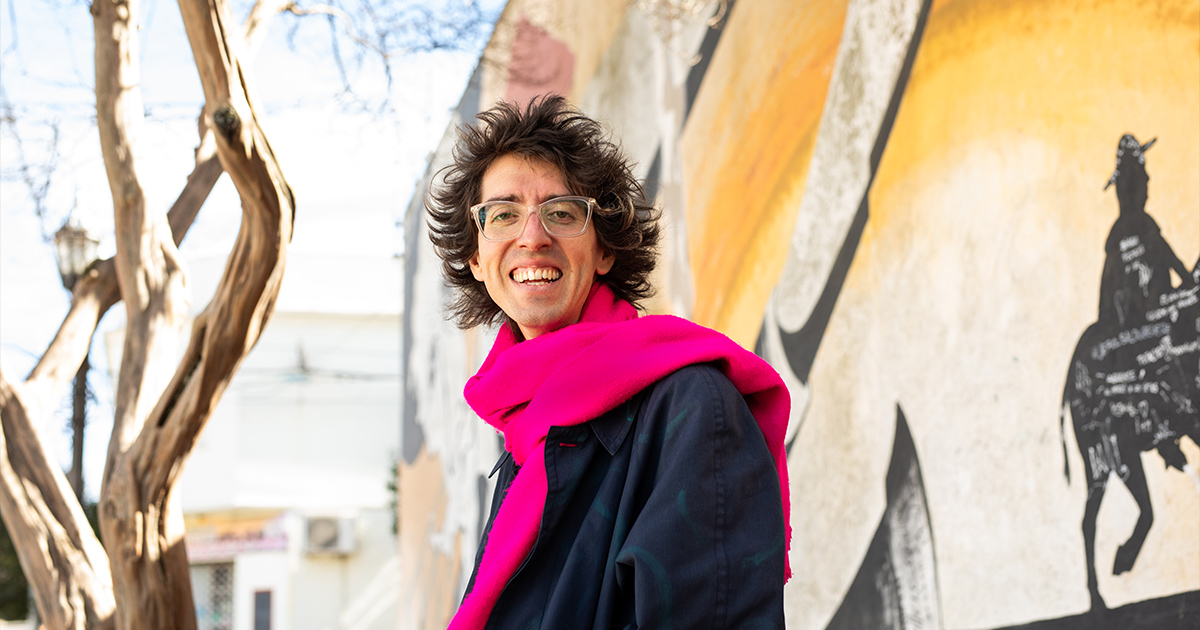
For the left, climate fear is the entry point. It’s not about EMPs or economic collapse—it’s rising oceans, burning forests, and failing grids. And to their credit, they’re starting to take it seriously. The Guardian profiled left-wing “climate preppers” moving to less populated regions, installing solar power, and learning to live off the land.
You’ve got guys like Alex Steffen selling courses on “ruggedizing your life,” which basically means prepping without using the dirty word. Of course, a lot of this online influencers trying to find their next internet grift, but many of them are now telling their followers how to assess neighborhood risk, secure resources, and build fallback plans. No mention of looters or firearms, of course. Wouldn’t want to scare the fragile audience.
But reality doesn’t care about your politics. When the shit hits the fan, and the looters are at your door or the blackout stretches into week two, it’s not going to stop and ask if you’re a Democrat or Republican. That’s when the prepper mindset kicks in—or doesn’t. And the ones still writing community manifestos while the shelves are empty? They’re in trouble.
Community vs. Individualism: Two Faces of the Same Instinct
Old-school prepping is self-sufficiency and making sure you have the skills to survive whatever this craszy world throws at you. The new wave wants to hold hands, share soup, and barter kombucha. It’s the same survival instinct—just filtered through a different worldview.
Instead of ammo cans and bug-out bags, they’ve got seed libraries and water catchment seminars. Their idea of security is shared responsibility. And maybe there’s a place for that. Community matters. Networks matter. But when things go sideways, idealism dies fast.
A lot of traditional preppers see this shift and shake their heads. Can you really rely on your “solidarity pod” when you’re down to your last can of beans? Will the guy running your yoga pod show up when your house is getting looted?
There’s a place for both models—solo and social—but only if you’re honest about the stakes. Collapse is ugly. And if your plan relies on everyone playing nice, you don’t have a plan. You’ve got a fantasy.
The Danger of Prepping for the Wrong Reasons
Let’s be blunt: some of these newcomers are prepping with delusions. They think disaster will be a reset button for utopia. They imagine collapsing systems will birth equality and compassion. That’s not how this works.
Collapse means pain. Scarcity. Violence. You don’t get to vote your way out of it. And while it’s cute that some folks are baking sourdough and forming tool-sharing clubs, you can’t eat ideology. If your idea of prepping skips over defense, contingency planning, and skill acquisition, you’re not prepping. You’re playing.
Worse, mainstream culture has watered down prepping into a gimmick. Turn on Netflix and it’s zombies, asteroids, or apocalyptic thrill rides. It’s all explosions and fantasy. Bear Grylls drinks his own piss for ratings while Hollywood pretends that survival is all about luck, martial arts, and last-minute helicopter rescues. They sell it like a theme park, not a lifestyle. Even the 2012 doomsday movie crowd had people thinking the only threat worth prepping for is an asteroid.
Prepping isn’t entertainment. And it’s not a grift. But there’s a whole industry now pumping out prepper-branded backpacks and bug-out gimmicks designed for people who will never leave their couch. That’s not survival. That’s retail therapy wrapped in fear-porn packaging.
And some of them outright reject what real preppers know. They’re anti-gun. Anti-hierarchy. Anti-anything that smells like hard power. They want the security of prepping without the spine. That’s cosplay, not survival.
If you’re serious, act like it. Learn skills. Stock up. Train. Have a plan.
Hard Truths: Collapse Doesn’t Care About Your Politics
There’s no safe space in a blackout. No trigger warnings when the power fails or the water stops flowing. Collapse is brutal and unforgiving. It’s not a social experiment—it’s survival of the prepared.
We’ve seen it before:
- Hurricane Katrina (2005) left over 1,800 dead and tens of thousands stranded without food, water, or medical help. Armed gangs took over parts of New Orleans. The government response was so poor it sparked national outrage, and helped kickstart the prepper movement for many.
- Texas Grid Failure (2021) plunged over 4.5 million homes into freezing darkness. Hundreds died—some froze to death in their own beds. Water systems collapsed, and grocery store shelves were stripped clean within hours. Here is a look at other major grid failures.
- COVID Panic Buying (2020) saw toilet paper, hand sanitizer, flour, rice, and canned goods vanish overnight. Supply chains buckled. Supermarket fights broke out. It was chaos over commodities most people take for granted.
- Los Angeles Wildfires (2025) didn’t just burn down homes—they revealed the worst in people. Over 68 looters were arrested, including criminals posing as firefighters and breaking into evacuated homes in Malibu. Arsonists lit fires in already devastated neighborhoods. Residents had to put up signs warning, “Looters Will Be Shot.” Private security firms were hired because law enforcement couldn’t keep up. Some residents even patrolled their own streets, weapons in hand, to keep what was left of their lives from being stolen.
When systems fail, people get desperate fast. The rules go out the window. You can’t depend on civility in a crisis.
So when new preppers assume they’ll ride out collapse with consensus meetings and community bake-offs, it shows just how disconnected they still are. A garden is great—until someone else decides they want it more.
This isn’t about doom porn. It’s about truth. You need food, water, protection, and a plan. Doesn’t matter who you voted for. The disaster doesn’t care or discriminate.
The Cold, Hard Facts
Still not convinced? Here’s the data that doesn’t care about your politics:
- According to a 2023 AP-NORC poll, only 33% of Americans trust the federal government to respond effectively to major disasters. Most young adults expect to be on their own.
- U-Haul’s 2023 migration data showed a surge of moves to rural and small-town areas, as urban residents flee instability and seek land, water access, and self-reliance.
- The North American Electric Reliability Corporation warned in its 2024 assessment that two-thirds of the U.S. is at elevated or high risk for power grid failures during peak demand.
- Global supply chain disruptions are still 40% higher than before COVID, according to 2025 data from Resilinc. Key sectors like agriculture and pharmaceuticals are most vulnerable.
- The FBI’s 2024 Uniform Crime Report showed a 5% increase in violent crime. Protests and civil unrest are up, especially in economically distressed regions.
- Food-at-home prices are up 18% since 2020, per USDA data. Rice, canned goods, and meat prices have hit all-time highs. The grocery bill is now a weekly reminder that collapse is a slow burn.
These aren’t theories. These are facts and real data.
Welcome to Reality…
We’re glad you’re here. Seriously. The more people prepping, the better. But understand this: you’re late. And the work isn’t optional.
Prepping isn’t an internet trend. Prepping means thinking ahead, learning real skills, preparing for the worst while hoping for the best. You want to build community? Awesome. But start with making sure you are preparing for the real world and the real threats that are out there. Start stockpiling skills, not hashtags!
Can you purify water? Can you defend your home? Can you treat a wound, build a fire, fix a generator? That’s the stuff that matters. That’s what keeps your people alive when everything else falls apart.
Everything you need to know to prepare and plan for emergencies, including man-made disasters, natural disasters, social unrest and violence, terrorism, Geo- political disruptions and war, economic collapse and disease outbreaks.
Natural Disasters: Emergency Preparedness Checklist
Read the full article here





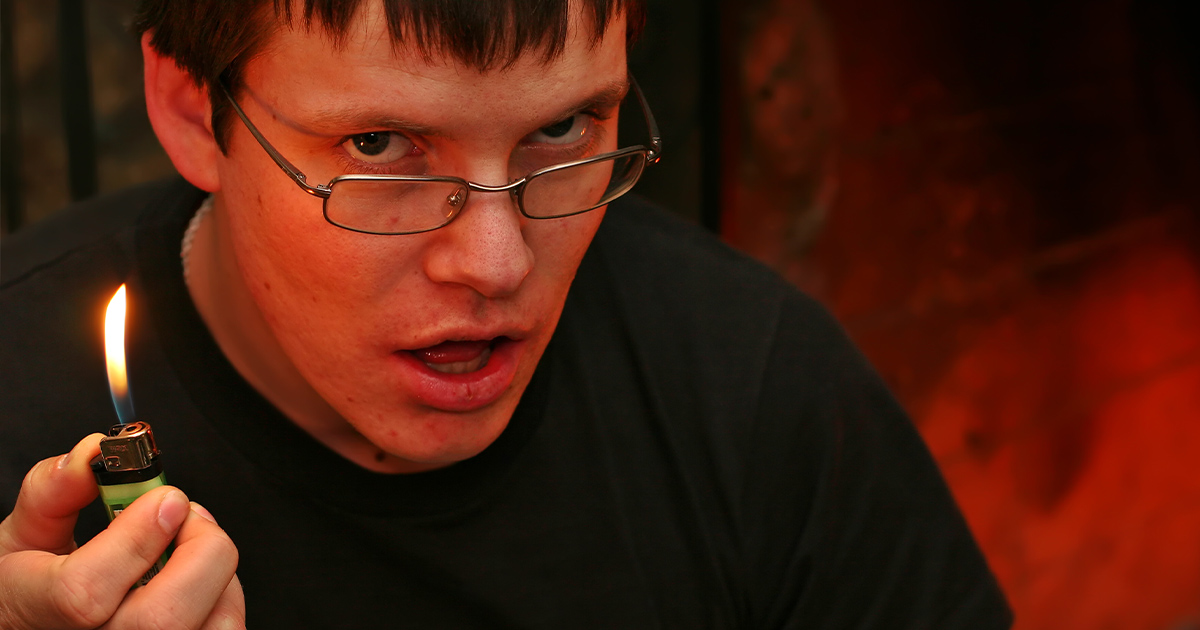


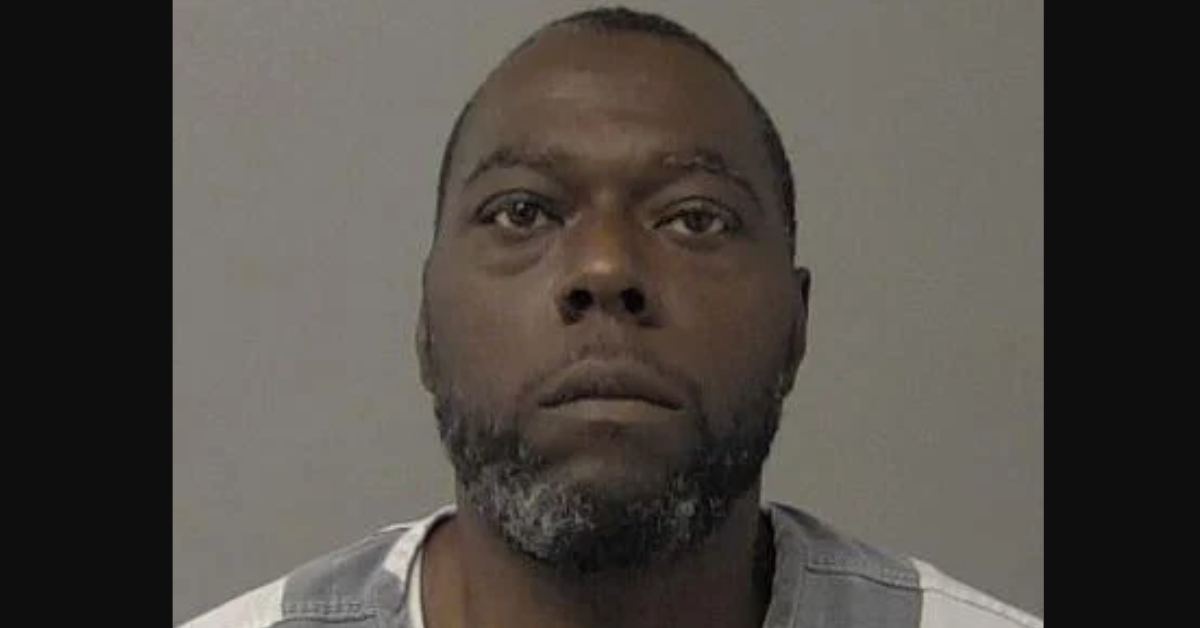
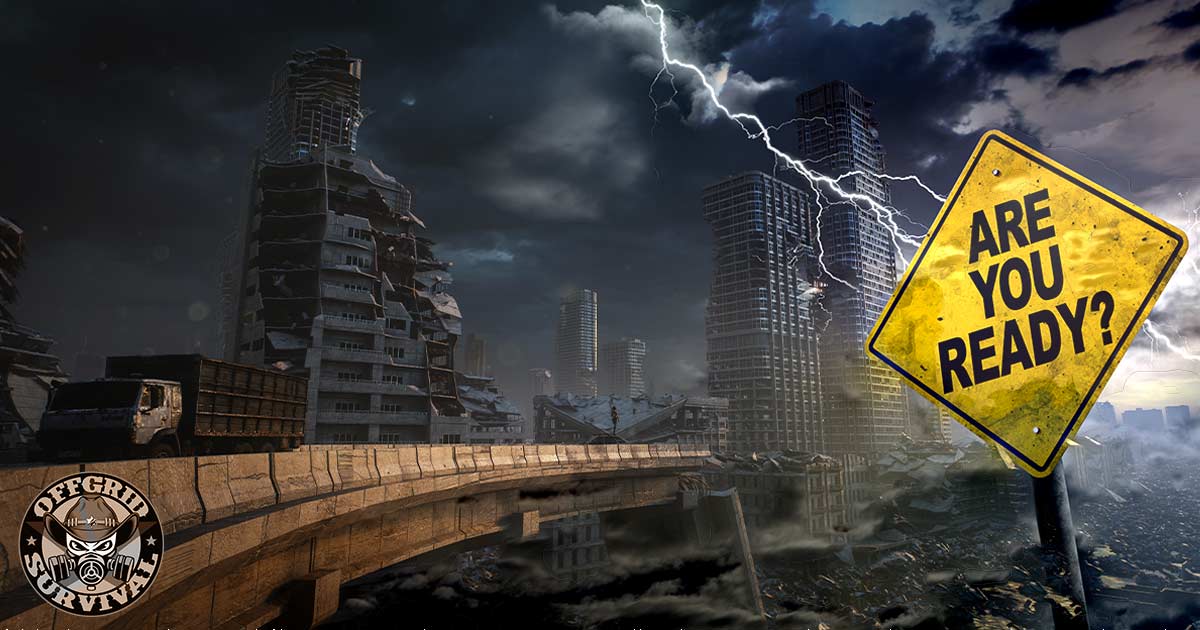

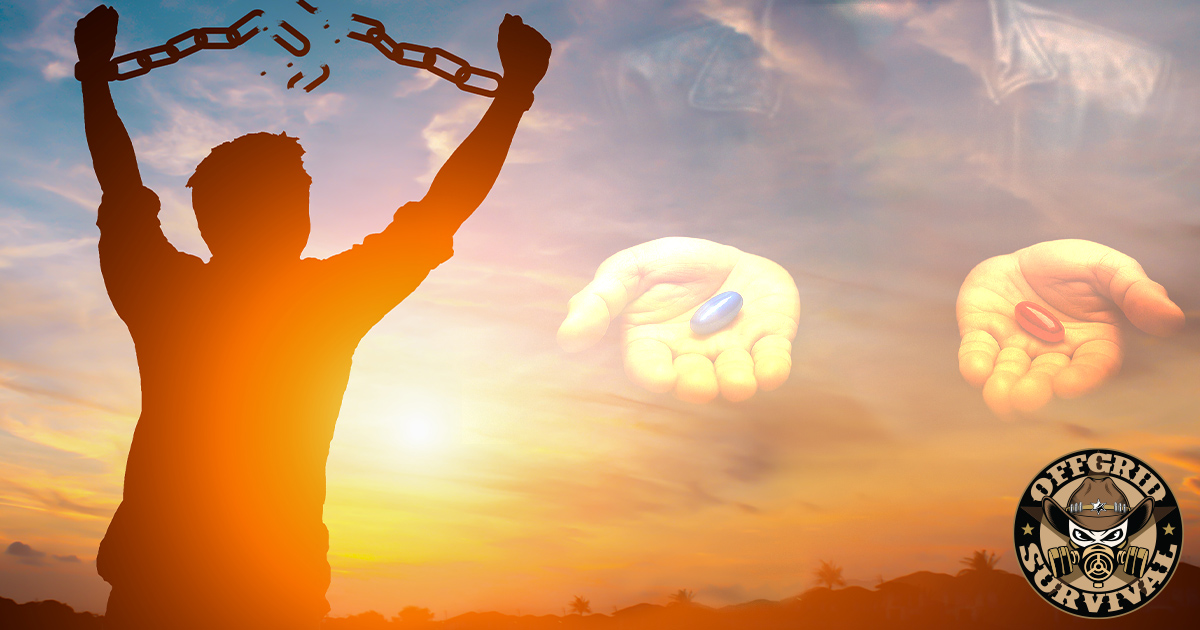
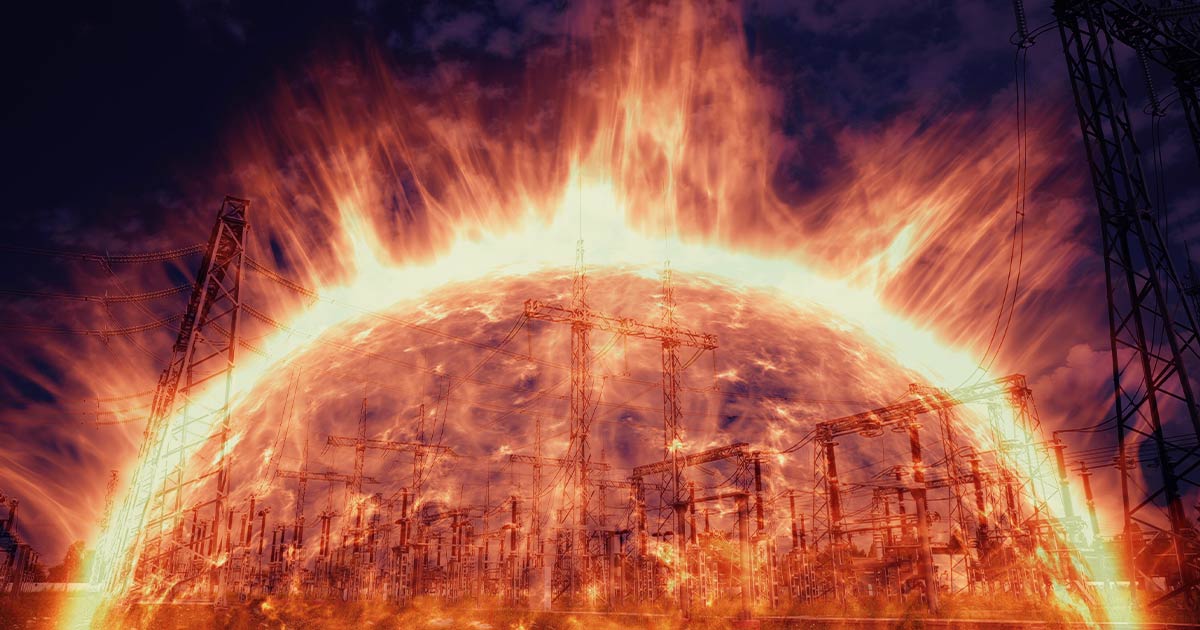


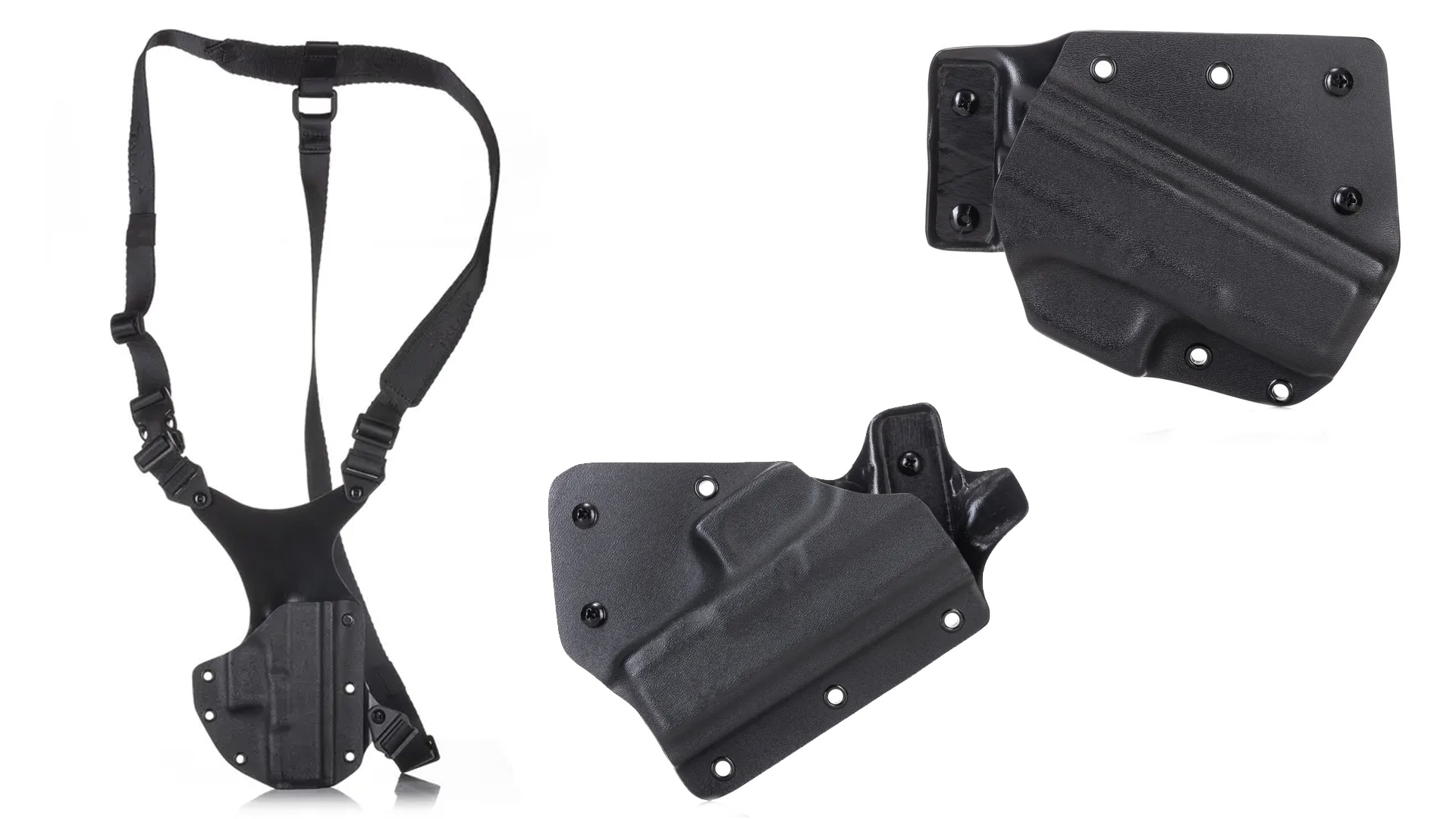

Leave a Reply